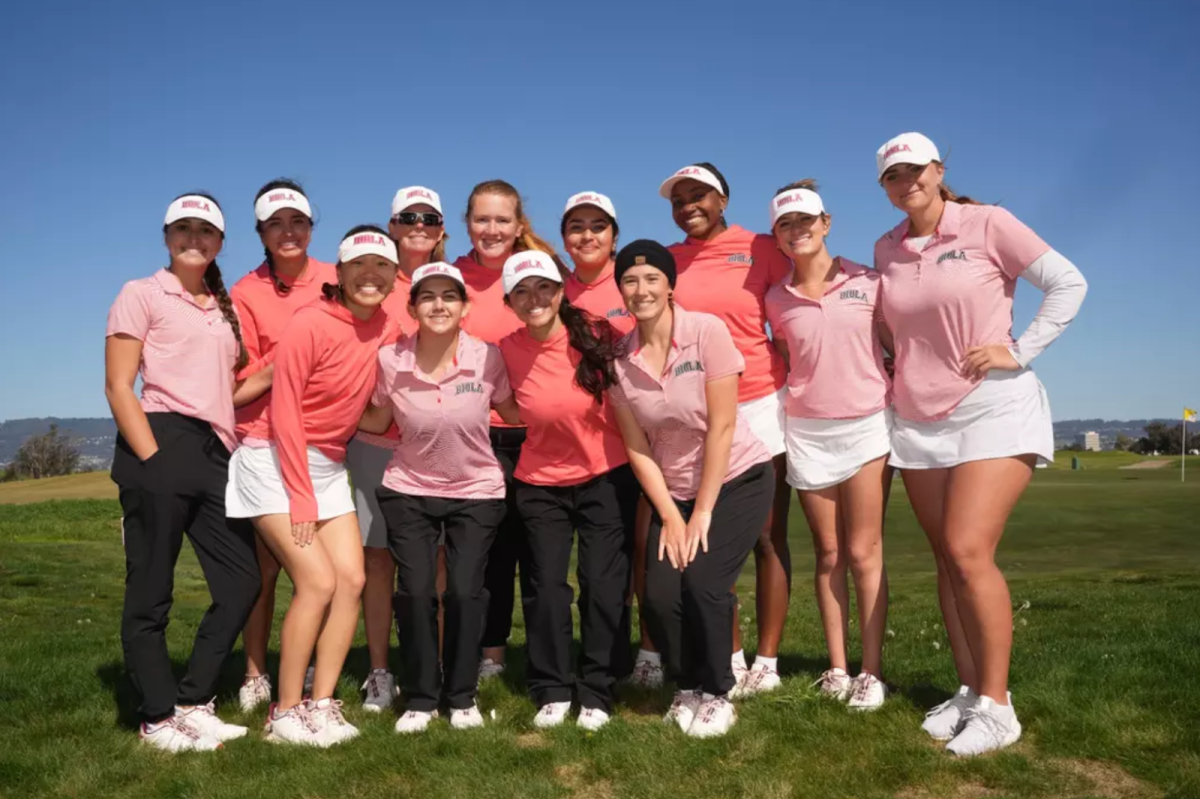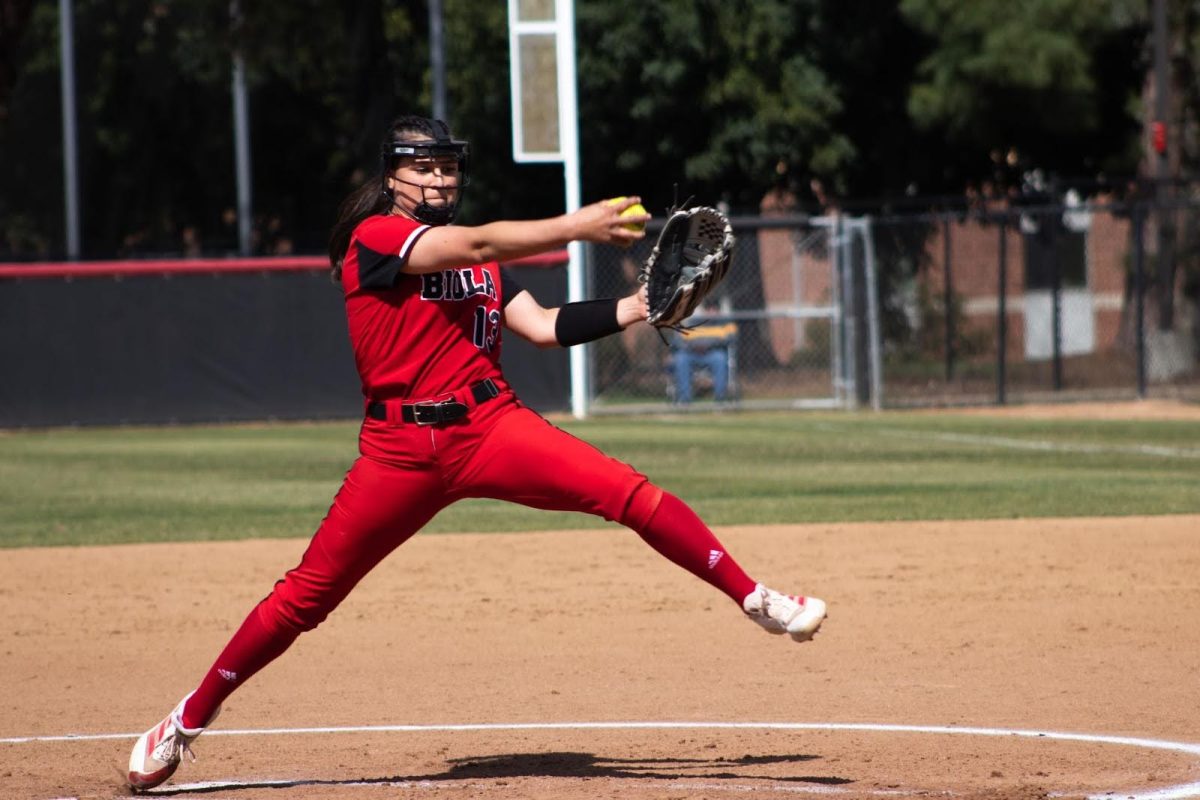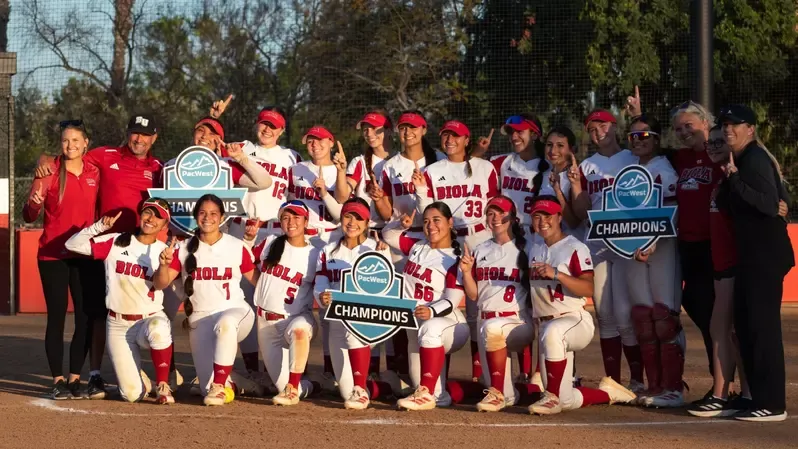Like many graduating seniors finishing up college and moving on to bigger and better things, the time has come for Biola University to transition to a new season of life and take on a new title: NCAA member.
Biola’s athletic director and men’s basketball coach, Dave Holmquist, believes the move is a step in the right direction for the athletic department in their quest to raise all sports programs to a successful level.
AN OVERALL PICTURE
Over the past 10 years, Biola has won six conference titles, fifth most behind Concordia University Irvine, 19, Westmont College, 11, Vanguard University, 10, and The Master’s College, eight.
However, in order to get the best overall picture of a performance, one must look at both regular season and post-season. The Learfield Sports Directors’ Cup awards points to schools depending on their finish following post-season. Currently, Biola sits 18th out of 169 institutions. With 335 points, they sit behind only Concordia and Westmont in terms of GSAC schools.
SAVING MONEY
“We’ve had some very good teams. I don’t think there is any doubt about that,” Holmquist said. “A number of our teams have made the national tournaments. There might not have been as many conference championships as other schools, and we haven’t put as much money into sports as other schools.”
Financially, there are elements that do differ from the NAIA, yet those might not be as astronomically high as the tag “NCAA” might lead one to believe. In fact, in some cases the department and university can benefit and save money to be used elsewhere.
“Currently, we spend approximately $150,000 a year to send teams to post-season play, because the NAIA doesn’t shoulder the costs,” Holmquist said. “It’s harder to qualify at the division two level, but for almost all the sports, the NCAA covers the costs of post-season play.”
Through the NCAA setup of playoffs, the university is in fact saving money; that money can then be put towards other shifting landscapes of Biola Athletics, like staff and travel.
However, an increase in staff sizes and travel in the NCAA does not necessarily infer that costs would have been lower in the current situation because conference opponents have become more spread out over the past few years.
MAINTAINING VALUES AND STANDARDS
Holmquist holds firm that despite a change in level of competition, the department maintain their values and standards.
“Some schools have more flexible entrance requirements. Biola is a school where we are looking for Christian student-athletes, so your list is going to be shorter than some schools,” Holmquist said. “We can still do very well, but there are some challenges — challenges that we embrace because we love this school and we believe in our standards.”
The move is not completely set in stone, with Biola now facing an upcoming Feb. 16, 2016 deadline to complete their application for entrance into the NCAA. Pending acceptance, Biola would then close out their final season in the NAIA and GSAC in 2016-2017 before transitioning over in the fall of 2017.
While some might still be skeptical of the move, Holmquist and the Biola administration have their eyes set on a goal — raise the quality of athletics in La Mirada by playing better competition.
And in the end, what could be better for the university and morale than students, parents and alumni gathering together in Chase Gymnasium three years down the road and cheering on the Eagles as they take on conference rival Azusa Pacific University?
Watch out, NCAA. Biola is coming for you.



![Freshman Steve Herve intercepting the ball from the Vanguard defense this past season. | Molli Kaptein/THE CHIMES [file photo]](https://chimesnewspaper.com/wp-content/uploads/2015/05/18SP06-mens-basketball_MoK-9244.jpg)



